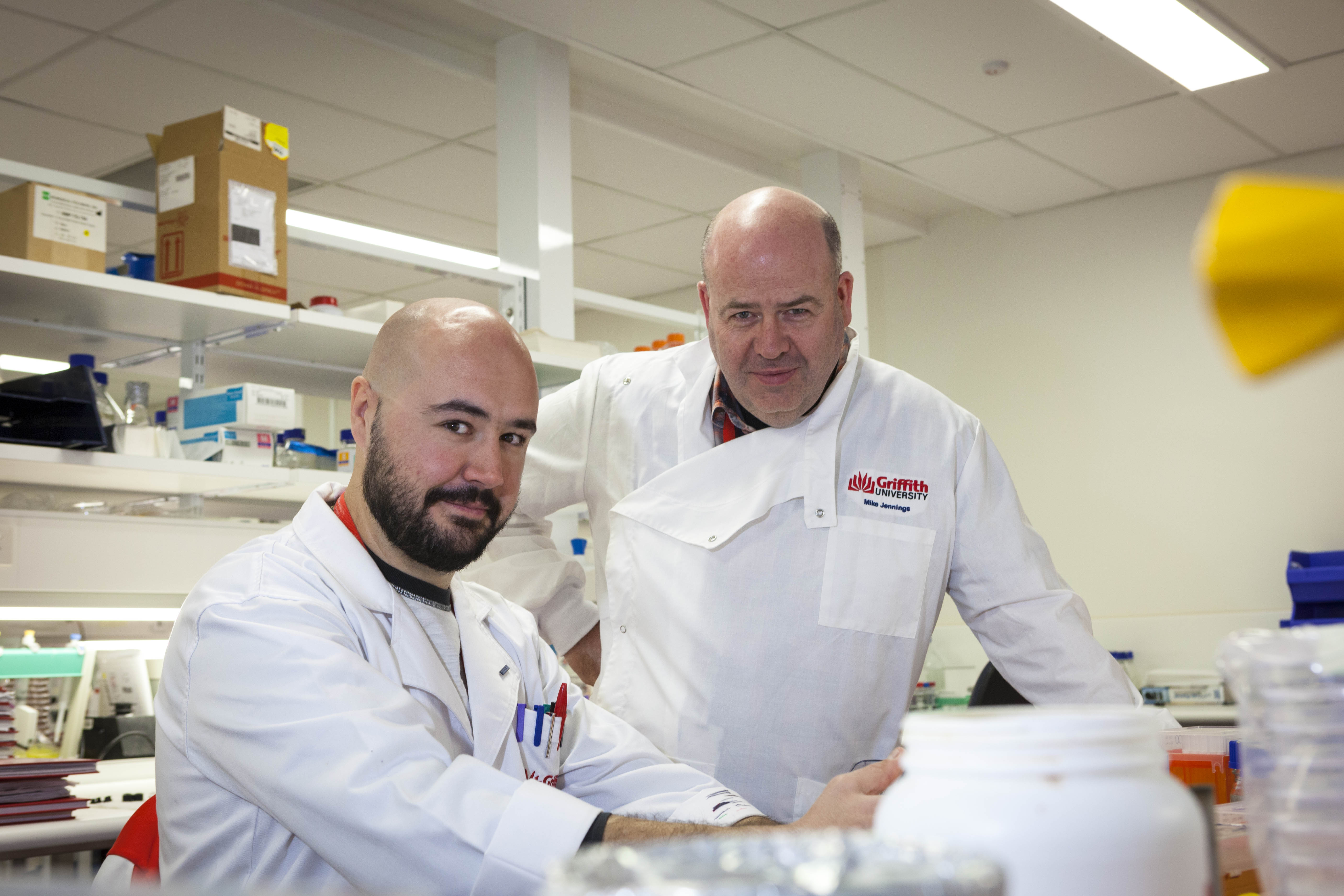Researchers from Griffith University’s Institute for Glycomics together with the Nationwide Children’s Hospital in Ohio have discovered ground breaking evidence that will help vaccine developers prevent middle ear infections.
A research paper titled, ‘A biphasic epigenetic switch controls immunoevasion, virulence and niche adaptation in non-typeable Haemophilus influenzae’, which presents this new research, was published in the Nature Communications journal on July 29.
A Principal Research Leader at the Institute for Glycomics Professor Michael Jennings said middle ear infections, or otitis media, was the most frequent reason children attend a doctor or have a pediatric surgical procedure.
“The treatment of otitis media is currently with antibiotics and insertion of ear tubes (tympanostomy),” he said.
“If there was a vaccine developed this would dramatically reduce the amount of antibiotics prescribed.”
Professor Jennings found that the bacterial pathogen Haemophilus influenzae, which causes illnesses such as pneumonia, chronic obstructive pulmonary disease and otitis media, contains a system that randomly changes gene expression causing the bacteria to switch between two different cell types.
He said this “moving target” is what had made vaccine development difficult in the past.
“Through this research we have been able to understand the lifestyle of the bug and its adaptation to us as hosts and therefore we now have a better idea of which surface proteins are good targets for vaccine development,” he said.
“This is a very important stepping stone to a vaccine and will save developers a considerably amount of time and money.”
Professor Jennings worked with Dr Lauren Bakaletz, and her team at The Research Institute at Nationwide Children’s Hospital, in Ohio, USA along with a team at Griffith’s Institute for Glycomics, which included Dr John Atack. This research was undertaken through a support from the National Health and Medical Research Council (Australia).
Professor Jennings said the next step in this research was to see if this discovery would also relate to other illnesses caused by Haemophilus influenzae such as chronic obstructive pulmonary disease.
The Director of Griffith’s Institute for Glycomics, Professor Mark von Itzstein said he is delighted with this outstanding work by the team led by Professor Jennings, as it provides an exciting opportunity towards the discovery of a vaccine to protect against a serious childhood disease.
“This research study highlights the Institute’s commitment in finding solutions for difficult childhood diseases,” he said.
The Institute for Glycomics is the only one of its kind in Australia and only one of six in the world. Read the full research article here.
